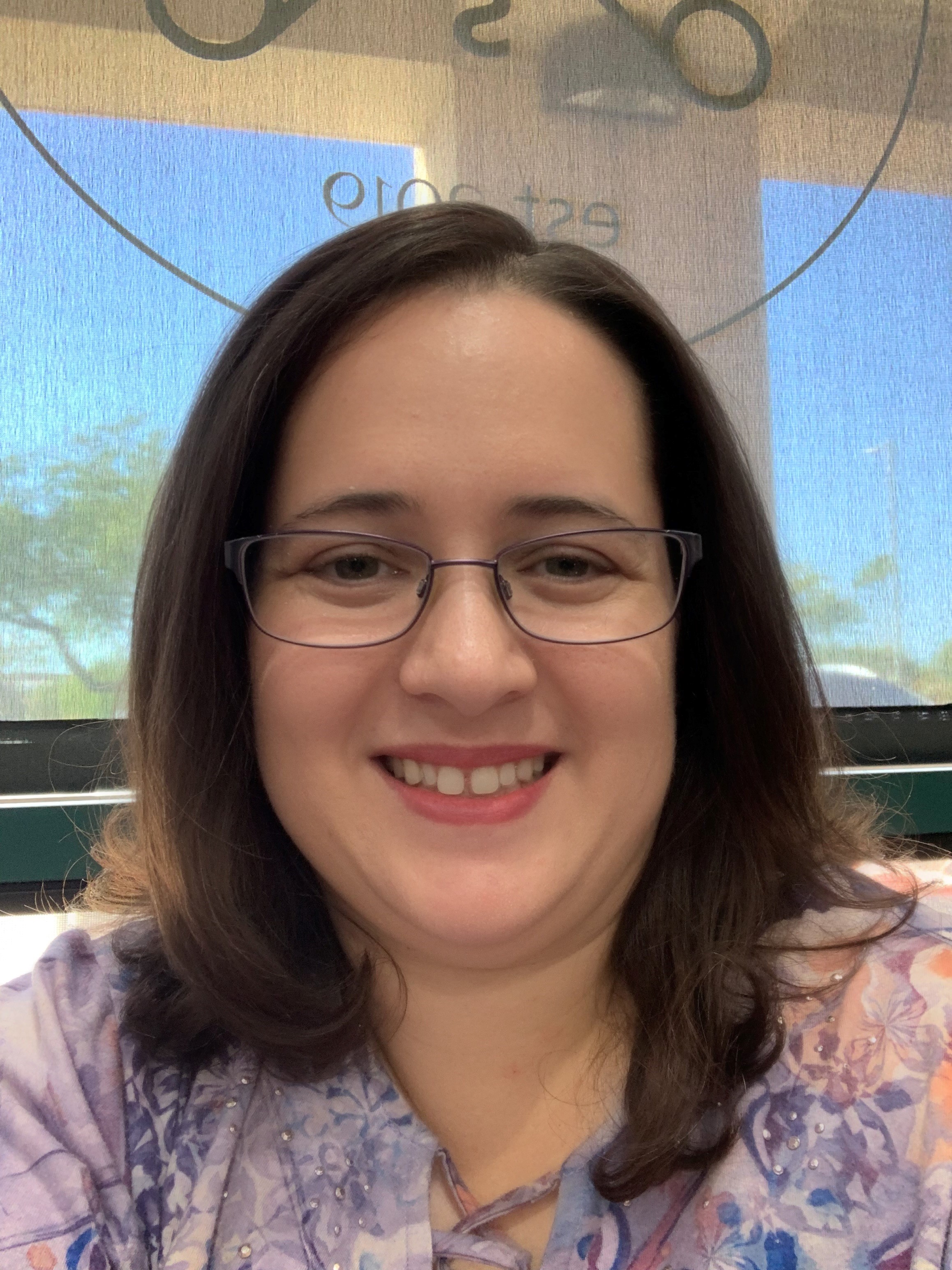Why Starting With Where Changes Everything with Tommy Kilpatrick

Clarity often begins with a simple reboot: ask where, when, and who before you chase the what. That was our starting line as we explored Tommy Kilpatrick’s Human Occidental Owner’s Manual, a practical attempt to write the guide we never received at birth. We framed human questions through a computer setup analogy: the machine must know where it is before it can set time, and it must know the user before any meaningful task starts. That order matters in our lives and classrooms. When we skip location, context, and identity, the what becomes noise, not signal. Establishing the where also means mapping mental, social, and life-stage coordinates, not just GPS. Once those anchors lock, the purpose can load.
We then examine communication as the core of community and family. Tommy breaks down multi-person modes with vivid sports metaphors that make the rules and violations obvious. Conversation is cooperative tennis, debate ranges from elegant fencing to bruising MMA, dialogue is chess where partners co-solve, and discussion is rugby, requiring many roles and bodies to move the ball. Single-voice modes—lecture, rant, sermon, story—serve different aims. For educators and facilitators, matching the mode to the objective prevents misfires: don’t host an MMA debate when you need a chess-like dialogue. Set expectations, name the game, and the energy shifts.
In the classroom and training rooms, starting daily with where, when, and who can transform outcomes. Learners arrive at different developmental levels; context checks let you calibrate language, pace, and challenge. We revisit the early-school question set and demote the reflexive why that often triggers unproductive debates. Instead, anchor where and when, name who is in the room, and only then define what. Personas and avatars carry this forward: composite learners made from real traits help designers keep empathy in view. Post the persona near your workspace. Let it guide voice, examples, and support. Over time, refine it with real learner feedback until it feels like a trusted advisor.
Identity deepens when we name body, mind, and spirit. A given name labels a body, but the mind and spirit can be titled by function or aspiration. Choosing names here is an exercise in agency and clarity: are you the Simplifier, the Patient Builder, the Curious Healer? Language shapes action; a spirit name becomes a quiet compass. Purpose, however, often hides under dust. Tommy suggests scanning childhood for persistent fascinations from ages five to seven: obsessions dismissed by adults may still be your strongest thread. Dust them off, translate them into today’s opportunities, and weave them into projects, not just jobs. Purpose is rarely a title; it is the work you cannot not do.
To move from insight to motion, we offer the VISA framework: View, Intent, Speech, Action. Start with a whole view—notice sights, sounds, textures without chasing movement. Name your present intent in plain words and align it with your context. Speak it aloud to cut through fuzzy thinking and test its feel. Then act, beginning with the smallest viable step today. VISA fits reflective journaling, team meetings, or lesson kickoffs. It is short enough for busy schedules, sturdy enough for real change. When combined with clear modes of communication and learner personas, VISA creates a practical loop: ground, aim, voice, do.
We close with the first fork—an early identity choice that quietly shapes every later path. Recognize it, write one sentence for each of the four essential questions, and select a weekly fork to practice. That fork could be choosing dialogue over debate, or naming your spirit and using it to guide one decision. Purpose becomes clear after repeated, small adjustments, not after a single grand insight. The Owner’s Manual is meant to be open source: write your page this week, revise next, and borrow the best ideas you find. The goal is not perfection; it is momentum, clarity, and humane design for yourself and your learners.
🔗 Website and Social Links:
Please visit Tommy Kilpatrick’s website and social media links below.
Tommy Kilpatrick’s Facebook Page
📢 Call-to-Action: Click the link to obtain a free book and a free 15-minute consultation with the author: Debt Relief
Photo by Leeloo The First: https://www.pexels.com/photo/question-marks-on-craft-paper-5428830/


